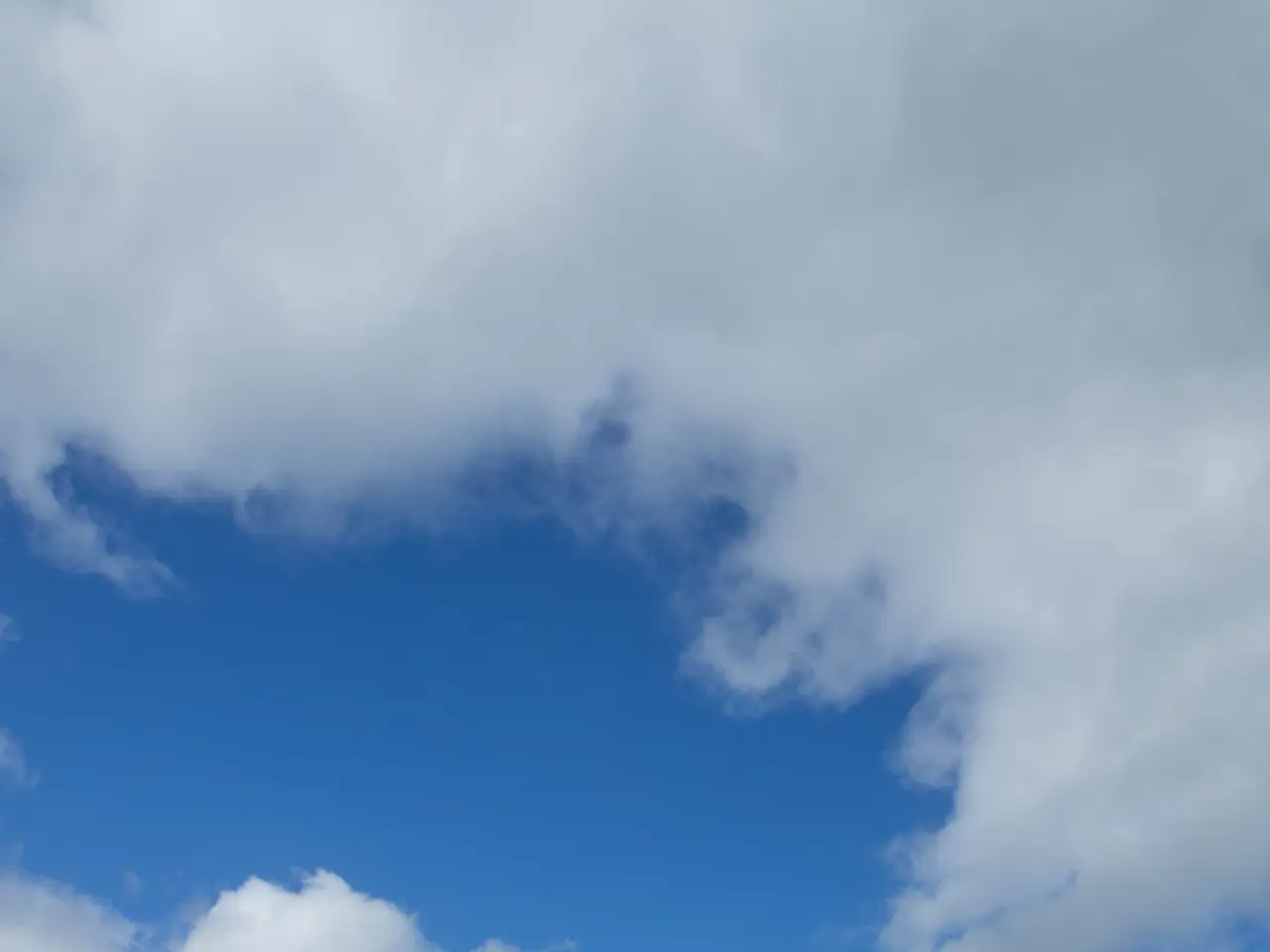Utilizing the Blue Hour and Golden Hour for Stunning Landscape Pictures in Photography
Capturing Stunning Landscapes: A Guide to Golden Hour and Blue Hour Photography
Landscape photography, with its ability to capture the breathtaking beauty of nature, has captured the hearts of many. Two specific times of day, the golden hour and blue hour, are particularly favourable for this art form.
The Magic of Golden Hour and Blue Hour
The golden hour and blue hour are transitional periods between day and night, offering a unique and enchanting light for photography. The golden hour, lasting approximately an hour, is characterized by warm, soft, and diffused light, while the blue hour, a shorter period before sunrise and after sunset, features cool, low-contrast light.
The duration of these periods can vary significantly depending on the time of year and location. For instance, in mid-latitude cities like Belgrade, Serbia, the golden hour might last around 38 minutes during the summer months. Near the poles during the shoulder seasons, these periods can be prolonged, offering photographers more time to capture the magic.
Embracing Side Lighting
Side lighting, casting a softer, more natural contrast, is preferred for landscape photography. This lighting technique enhances the drama of the subject, making it stand out. To achieve side lighting, check the sun's position in the sky and the direction of its trajectory.
Planning and Preparation
Landscape photography is not just about pointing and shooting. It requires intention, engagement, and planning. Scouting the area and deciding on compositions before the photoshoot can lead to more successful shots. A sturdy tripod is essential for blue hour and golden hour landscape photography due to longer exposure times.
The PhotoPills app can be a valuable tool for photographers, providing accurate data regarding sunrise, sunset, blue hour and golden hour durations, Moon cycles, and more. Its augmented reality feature helps imagine the light's direction and quality, aiding in the planning of shots.
Choosing the Right Gear
Landscape photography is forgiving in terms of gear, with a range of cameras and lenses suitable. The Nikon Z8 full-frame mirrorless camera, NIKKOR Z 20mm and NIKKOR Z 24-70mm lenses, and a sturdy tripod are the preferred setup for blue hour and golden hour landscape photography by the author.
Composing Your Shot
Look for dramatic subjects in the foreground to create a powerful focal point. Static subjects such as lighthouses, rocks, houses, trees are ideal for landscape photography. Backlighting can be used by blocking the brightest point with foreground objects to reduce contrast and avoid overexposing the solar disc.
Remember, the beauty of landscape photography lies not only in the exotic or remote locations but also in the familiar landscapes that surround us. So, the next time you find yourself captivated by the light during the golden hour or blue hour, don't hesitate to pick up your camera and capture the moment.
[1] Golden Hour and Blue Hour Duration [2] Landscape Photography Tips [3] Belgrade Sunset Golden Hour Duration [4] Planning for Landscape Photography [5] Blue Hour Photography
- To optimize your golden hour and blue hour photography, consider using the PhotoPills app for accurate sunrise, sunset, and light duration information, as well as aiding in the planning of shots.
- Landscape photography, particularly during golden hour and blue hour, requires more than pointing and shooting; it necessitates intention, engagement, and planning to capture successful shots.
- In Belgrade, Serbia, the duration of the golden hour lasts approximately 38 minutes during the summer months, offering photographers a brief yet enchanting period to capture the city's light.
- For blue hour and golden hour landscape photography, a sturdy tripod is essential due to the longer exposure times, aiding in maintaining sharp and stable images.





